Im out of time and energy for tonight. Im glad Im not the only one rushing to hit the deadline though. (Thats the only downside to living on the West Coast for me) Im way too tired to be typing right now, but here goes.
I had had prosauropods on the mind for a while, and it came out on paper for this creature project. I had a lot of fun drawing this. In the end I drew it more for myself, and I think I took it a bit too far...
------------
Petrathere -
Spoiler

(Incomplete, but a deadlines a deadline. The neck of the one isnt long enough. hmrf. And I continuously forgot I intended to give them ears for the fun of it)
Factoids --
Petratheres are big and slow. They prefer sitting in one spot and not moving an inch. They leave furrows in soil from sitting there for so long. Plants root in their crags and crevices. Moss, ferns, lichen, algae, even slime moulds, will take hold and go with them wherever they wander. You can tell what direction a petrathere meandered from based on the variety of plants it hosts on its surface. They are responsible for spreading plant species out to varied lands (assuming the plant survives the seasons along the way).
Fast growing sprawling plants have an easy time growing on their arms. Slower, woody plants have it easier on their backsides. Long beardy moss will take over the underside of a petrathere in a humid environment, while algae may take hold of their feet. In short, petratheres are a walking rock garden. The species and colours adorning them changes with the seasons. The especially lazy individual may even snack off of itself.
It takes too much effort to move their rocky bulk around much. They make up for their ponderous mannerisms by having a surprisingly flexible neck and narrow snout for browsing leaves. Their long arms and claws can hook tree branches down, allowing their prehensile tongue to easily strip the leaves off. Their scythe like claws are so long that they cannot walk on their palms.
Their "skin" can resemble various rocks depending on where they grew up and what minerals they had access to. Their crystalline claws are also used to dig up choice gravel to ingest and add to their dermal plates. One can easily tell individuals apart based on the shapes of their plates.
Males gather colourful leaves turning for the winter to decorate themselves and attract a mate. The many segments around the flexible neck make for a particularly full "mane" once fully stocked with new leaves. And the redder the better as it brings out their flawlessly gleaming red sternal gem. The stunning jewel itself is still something of a mystery. It is thought to respond to levels of daylight and seasons much like plants.
Their eggs look more like cylindrical rocks, and are often found around patches of ripped up moss and grass (courtesy of the mother loading around). In a rocky field they are quite difficult to spot. After a looong incubation, the hatchling is small and soft-skinned, save for a rocky shell for protection and camouflage. It spends all its time eating to quickly gain mass and grow rock-hard protective skin.
-------------
I had a lot of plans for this creature, but my eye problems arrested my drawing ability for the week and this was all the sketching I managed to get in. Doesnt mean I cant keep drawing it for myself though... ! Enjoy. I totally had fun with this - Thanks everyone.










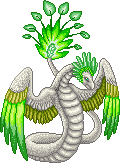
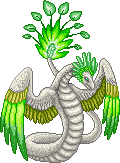
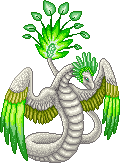
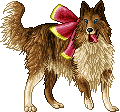
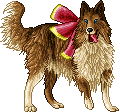










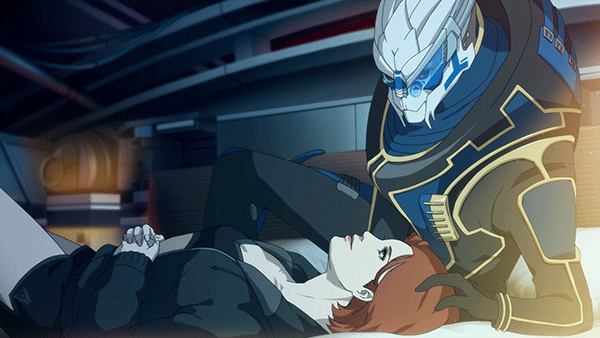

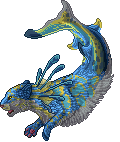



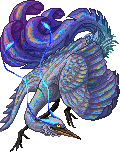








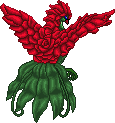

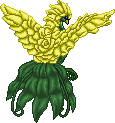

 [/center]
[/center]